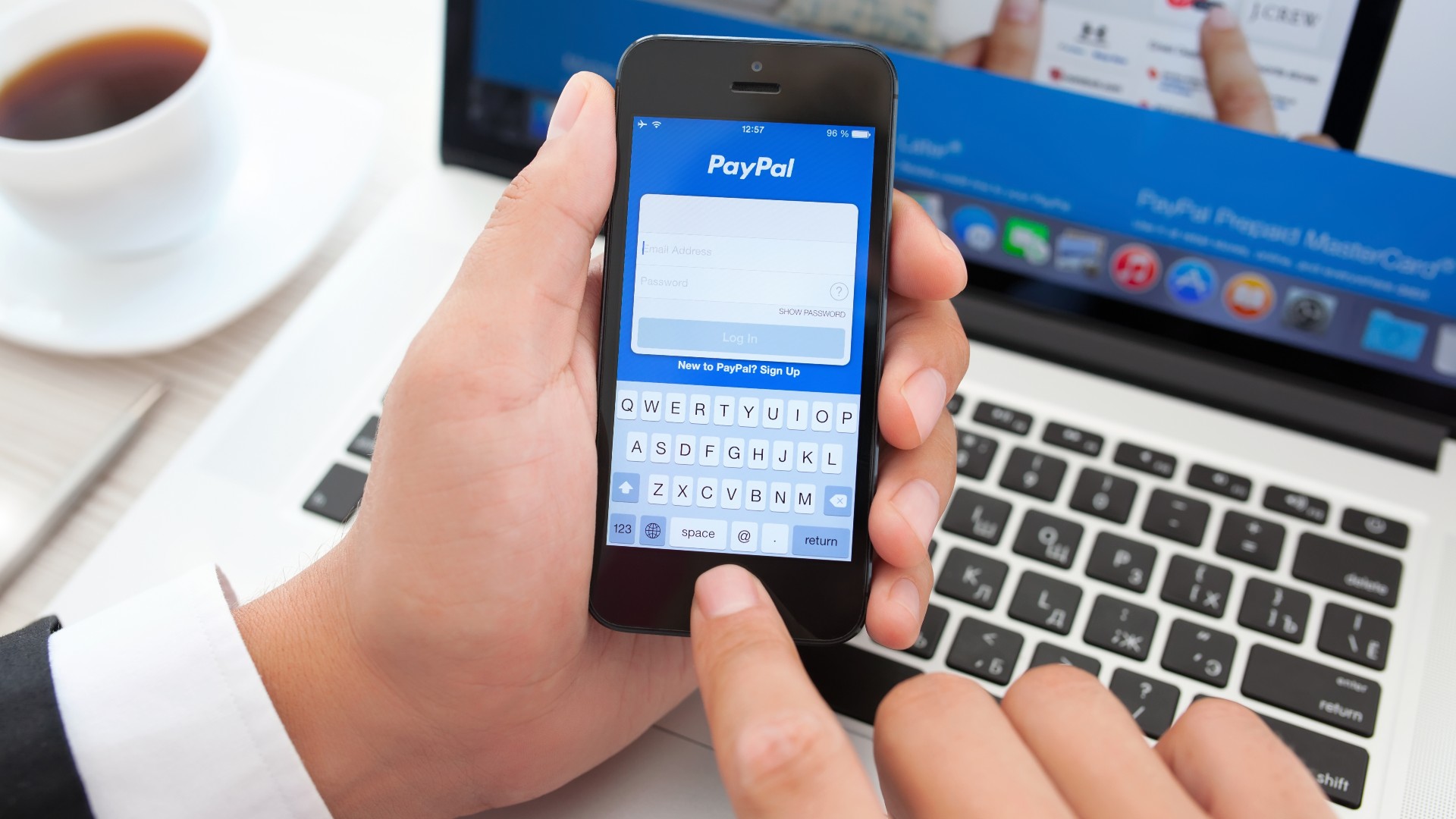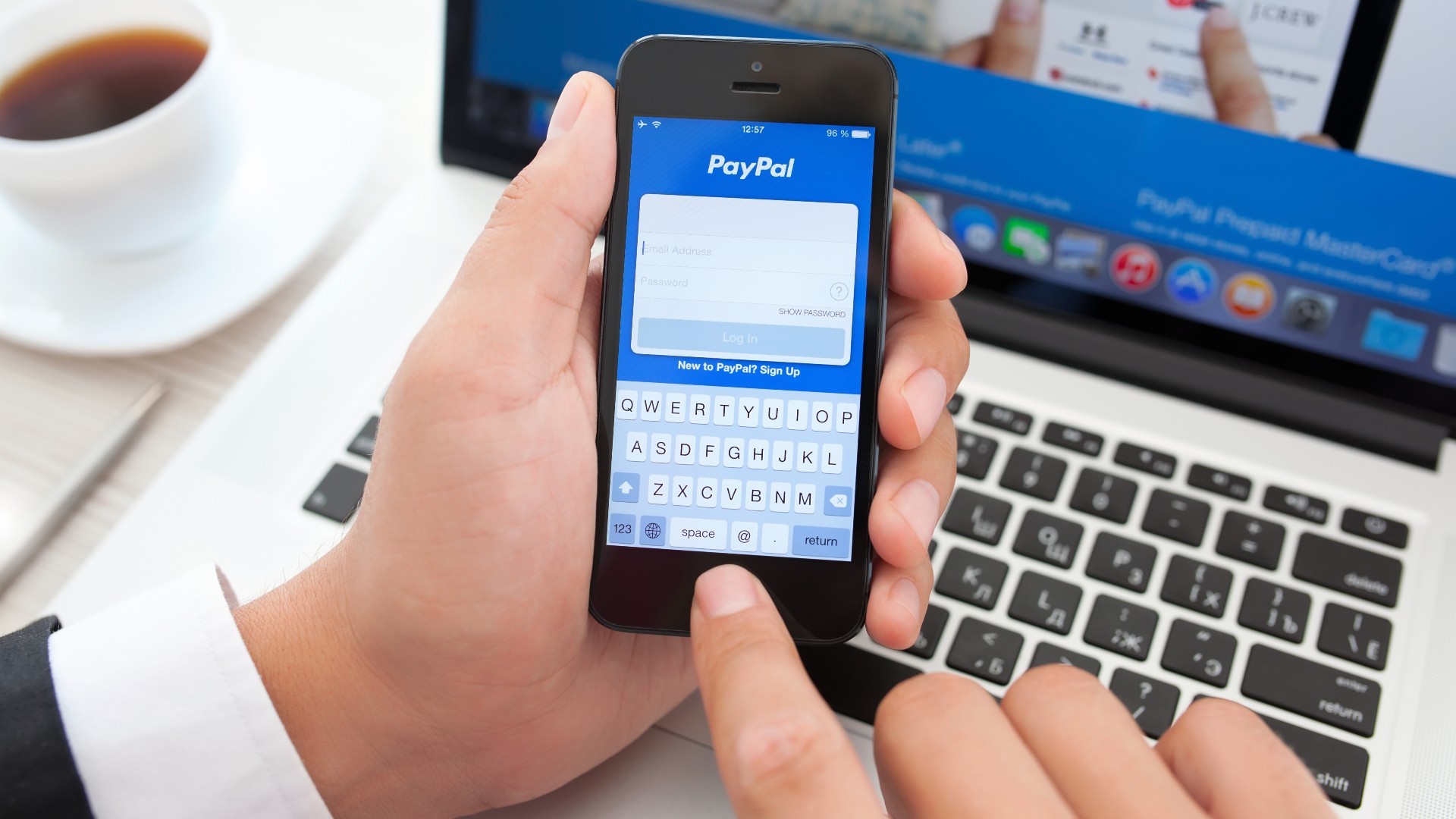The Road to Cryptocurrency, Instalment # 3
Published 18 June 2021
By Dr Peter J Phillips, Associate Professor (Finance & Banking) University of Southern Queensland


"To understand crypto, we must understand digital wallets."
Starting from the most basic case of paying for things with cash printed by the Reserve Bank, we have seen how the payments system has gradually evolved to include credit cards, EFTPOS, online funds transfers and BPay. Over the past twenty years, there have been some other innovations that we can now discuss. These lead us to the idea of a digital wallet. You can keep your fiat currency (e.g., Australian dollars) in at least three different places: a bank account, your leather wallet or in your digital wallet. With cryptocurrency, you have only one choice. You keep your crypto in your digital wallet. To understand crypto, we must understand digital wallets.
Possibly the most familiar digital wallet product and one of the first arrivals on Australian shores is PayPal. I don’t know exactly how long I’ve been a PayPal user. My uptake of it, like many people, arose out of my use of eBay. Looking at my eBay profile, I can see I’ve been a member since ’99 and I remember explaining to people how eBay ‘works’ and I remember the days of sending Australian Post money orders to people and waiting to receive the item in the mail. Somewhere along the line (probably in the late 2000s), I joined PayPal, which seamlessly connects with eBay’s checkout and allows you to make payments immediately and securely to anyone with a PayPal account. PayPal has around 7 million users in Australia.
"I remember explaining to people how eBay ‘works’ and I remember the days of sending Australian Post money orders to people and waiting to receive the item in the mail."
PayPal is a digital wallet provider. Most people know how it works but, like me, probably didn’t give much thought to the place of PayPal in the broader scheme of things when they joined up. PayPal allows you to send and receive payments online. Obviously, this is a super innovation for people running a side business on eBay or even just those people who regularly sell items they no longer want. You don’t have to wait for cheques or money orders to arrive in the mail and you don’t even have to wait for a person to make a funds transfer (which means you don’t have to give the other party your bank details). And you don’t have to have some sort of credit card payments system set up for your store. If you’re a buyer, you also don’t have to nip down to the post office to send off a money order. This is all commonplace now, but once we say these things out loud, we see how PayPal represented a very important and unique innovation to the Australian payments system. It’s not a credit card. It’s not cash. It’s not BPay or EFTPOS.
There are two main ways you can use your PayPal digital wallet. You can link your bank account or debit card to it. When you make a payment, the funds come out of your bank account, into your PayPal wallet and from there into the PayPal wallet of the person you want to pay. The other way to use it is as a true digital wallet. That is, you can add funds from a bank account to your PayPal digital wallet and keep them there. Then, when you make a payment, the money comes out of your digital PayPal wallet, not out of your bank account. As such, like your ordinary bank account or like your leather wallet, your PayPal digital wallet can be used as a ‘store of value’. You can transfer money out of your PayPal wallet into your bank account.
In recent years, the number of digital wallet (including mobile digital wallets) providers in Australia has grown.
Unlike a bank account and much more like your leather wallet, your PayPal wallet does not earn interest. PayPal is not a bank, but it is regulated by the Australian Prudential Regulation Authority (APRA) as a ‘Purchased Payment Facility’.
In recent years, the number of digital wallet (including mobile digital wallets) providers in Australia has grown. Providers now include Apple and Google. Their products are Apple Pay and Google Pay. They all work in much the same way as PayPal. Of course, the mobile products ‘work’ through one’s mobile phone, which has taken the digital wallet concept from home computer and eBay-type situations into the local coffee shop.
Usually, you store fiat currency in your digital wallet. In Australia, you store Australian dollars. In Germany, Euros. In the USA, US dollars. But what if you don’t like fiat currencies issued by central banks? What if you prefer cryptocurrencies? What sort of digital wallet do you need for those and how does crypto get from wherever it is now into your digital wallet? That’s the subject of our next instalment in this Road to Cryptocurrency series.
Discussion Question
Ask around… How many people have a PayPal digital wallet, and can they remember how they came to have it? Was it through the eBay connection? What about Apple Pay? And Google Pay?
Further Reading
We mentioned APRA in this post. Our discussion of prudential regulation in Australia is contained in Section 2.5 of the textbook.
Read other posts
Simple Maths, Long Term Damage
Are Share Prices Too Volatile?
If My Super Fund Performed Poorly, I’d Change… But I Don’t Remember It Performing Poorly
My Portfolio Might Be Up 10%, But that's A Loss!
Free Cash Flow: The Driver of Shareholder Value
Australia’s New Tech Index: A Local Version of the NASDAQ?
The Behavioural Economics of ‘Going on Tilt’
A Cup of Coffee and an Option Pricing Model
Yes Virginia, there is a Mortgage Tipping Point
How Universities Shape the Real World: The Case of Corporate Finance
Disinformation: Can is Sweep Investors off their Feet?
Hedge Funds, Satellites and Empty Carparks
The Battle for FinTech Supremacy: The Tech Titans Vs the Masters of the Universe
Algorithms in Finance? That's Nothing New
The Algorithm that finds the ‘Best’ Portfolio
Why you should study Finance and Economics in the 21st Century
From Chicago to New York: Futures Trading and Microwave Popcorn
Basketball, Fund Managers, and the Hot Hand
The French Connection in Finance Theory
The Road to Cryptocurrency, Instalment # 1
The Road to Cryptocurrency Instalment #2
